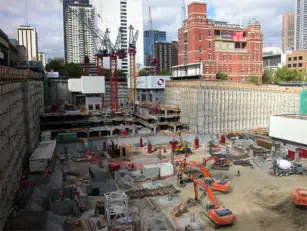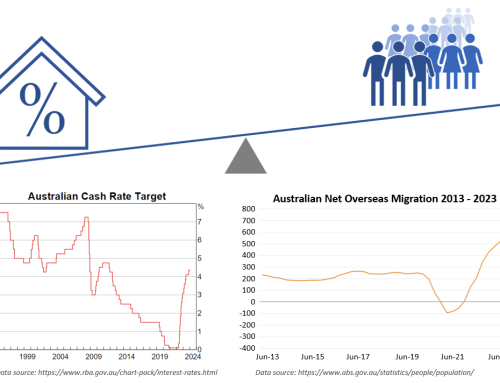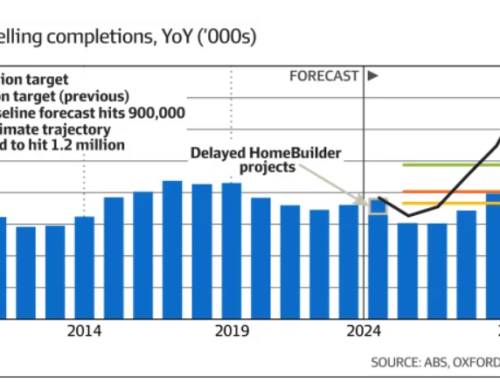Commercial Construction: How A Dream Contract Becomes A Nightmare
Many trade businesses like electricians, plumbers, roofers, concreters, steel fabricators, sheet metal manufacturers, bricklayers, glaziers, and commercial landscapers at some time consider taking on commercial construction work.
In my role as a business coach to a wide range of trade business and businesses that supply the commercial construction industry, I have seen first-hand the impact it can make to a business’ livelihood.
Commercial construction work is a unique part of the building industry with distinct characteristics:
- Large projects – sub-contractors can be awarded contract from $100k to $10M (Think of the boat you could buy with that kind of coin!)
- Often involve union sites and EBAs
- Involve retention amounts
- Sophisticated building contracts are drawn up by lawyers experienced in enforcing them
BEWARE – these jobs can be like a drug for small contractors! They are relatively easy to acquire but very difficult to ween your business off.
How it starts: The Tender
A developer you know invites you to tender for a project.
You may have to submit for many tenders before you are seriously considered. These tenders can be very time consuming and expensive if you have to get legal advice.
Your tender bid is shortlisted and then you’re asked to review your price. Because you have already invested so much time in tendering, you are tempted to get a return on your time by dropping your price to win the job.
You win the job and you are stoked! You beat the other guys and you know you’re better than them. But now you’re a little bit anxious because the margins are slim and everything mustgo perfectly in the project for you to make the margin you estimated. (The boat you dreamed about is starting to look a bit smaller).
The schedule from hell
You start the job and the builder’s Project Manager continually adjusts the schedule to meet the client’s timeframe and avoid liquidated damages. This often means that your start date moves back, you are required to get your tradespeople to work weekends (and pay the double time – no compensation from the builder), put more labour on the job for a week, then remove all labour from the job the following week. Essentially you have very little control over the project, yet wear a lot of the risks as you have a fixed price contract.
The shifting sands
Variations arise during the project. You have been told that these variations are your chance to make up margins, yet your contract requires you to start them as soon as requested and you haven’t yet agreed on a price for them with the builder.
The stretch and the squeeze
When the project is completed, you find that there are defects you have to fix and this drags things out longer than you anticipated. The pricing of the variations is discussed and you aren’t overly happy with the eventual prices – but you have completed the works and now you can’t leverage this to get a better price.
The BS: “Sorry, mate, I haven’t been paid so I can’t pay you”
Payment can become a problem as the builder pays 30 days end of month (or longer!) Then when payment is due, he advises you that he hasn’t been paid by the client and so he can’t make your payment on time ( FYI: there are laws against this – contact us for details).
Risky business
You also face the prospect of the builder going out of business, a real likelihood. Post-GFC it was estimated that 3 Australian companies related to the construction sector we going into administration every day.
Now that you have up-sized your team to deal with the last big project, you need to keep feeding the machine by going and winning another project. It is an endless cycle!
By all means, take on commercial construction projects, especially in the early days when you need the work. But be careful about building your business around it – you won’t have a sustainable business. Like a sugar-high, it can feel good at the time, but eventually it catches up with you.
Image credit: By Diliff (Own work) [GFDL (http://www.gnu.org/copyleft/fdl.html) or CC BY 3.0 (http://creativecommons.org/licenses/by/3.0)], via Wikimedia Commons





